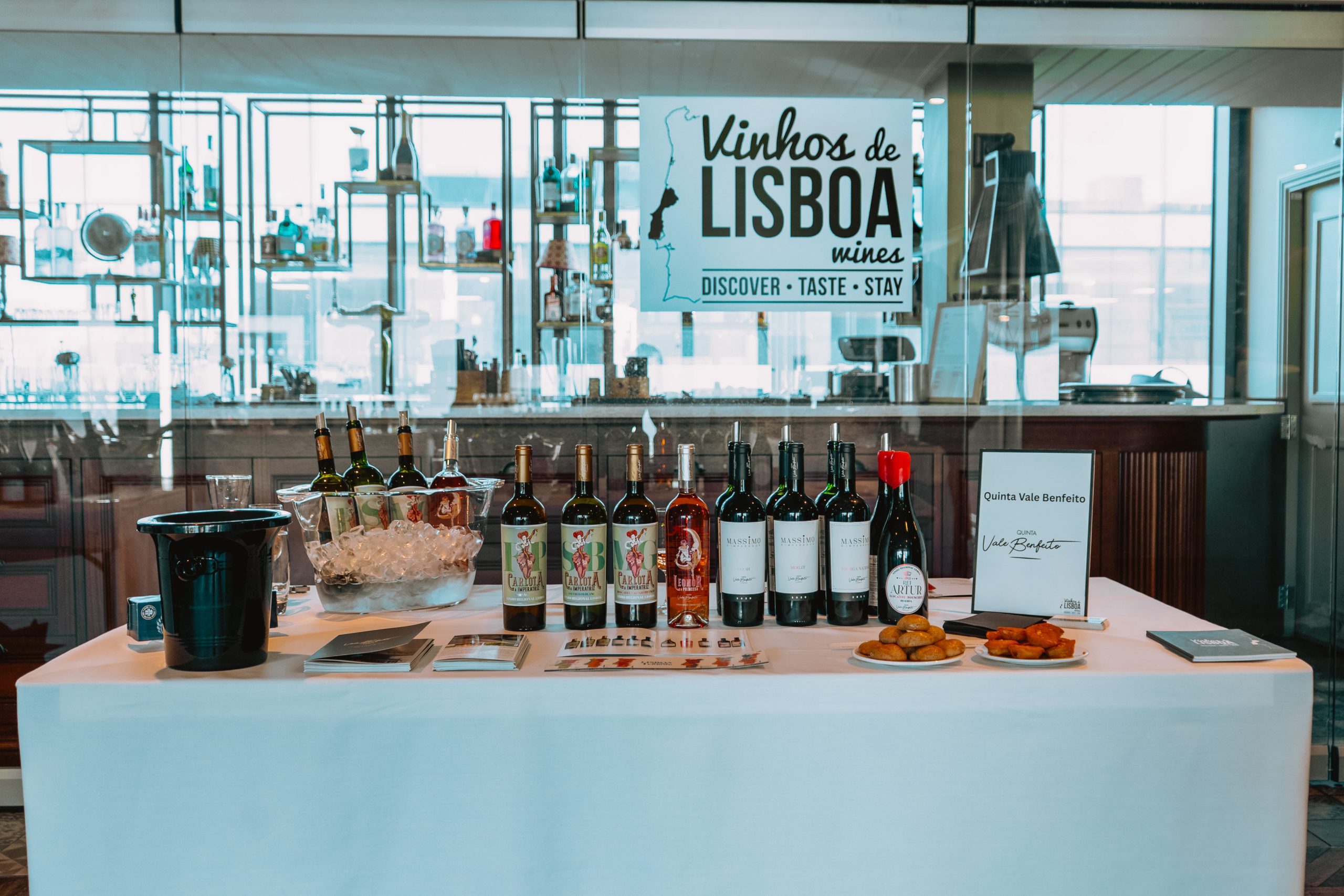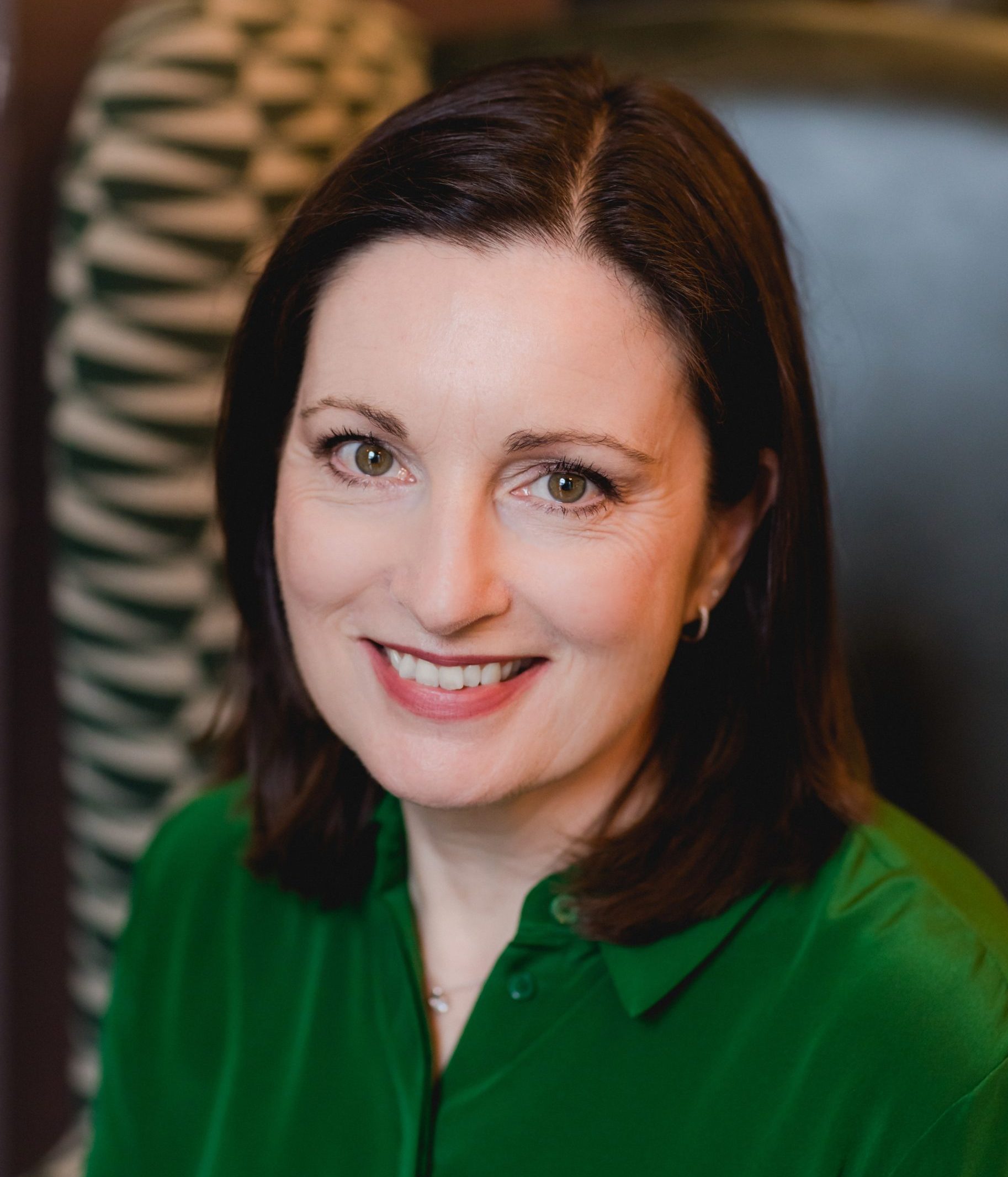iDealwine update: Off the beaten track
Down in Provence, wines from the Bandol region are generating quite a following from buyers looking for something out of the ordinary.
WE’VE DECIDED to leave the prestigious vineyards of Bordeaux, the Rhône and Burgundy to one side on this occasion and focus on a region that is often overlooked: Provence, and more specifically Bandol.
We have to admit, the image in the mind’s eye of sun-soaked vineyards interspersed with lavender, cypress and olive trees beside a balmy Mediterranean Sea is particularly inviting during this bitterly cold end to the winter we are experiencing at the time of writing.
Here at iDealwine we have noticed a heightened interest over the past couple of years in wines from smaller appellations. Bidders are eager to track down bottles that best capture the essence of these terroirs: Ganevat in the Jura, Grange des Pères in the Languedoc, Clos Rougeard in Saumur-Champigny or Clos Sainte Hune in Alsace. These cuvées, which are usually only produced in small quantities, now regularly find themselves at auction, and fetch much higher prices than they used to, and Bandol is no exception.
CURIOUS BUYERS
Buyers are not only coming from mature fine wine markets but from new ones; they are curious and looking to get off the classic beaten track.
Nestled between Marseille and Toulon in scenic mountainous landscape overlooking the Mediterranean, this AOC spans 1,480 hectares and consists of terraced slopes that have been forged by generations of winemakers. The terroir, rich in clay and limestone, is poor and arid. This is particularly true on the steep hillsides, where much of the richest soil has gravitated down towards the plains over time. The appellation boasts a vast array of different microclimates positioned at various altitudes from just above 400 metres at its peak to the shores of the Mediterranean just above sea level.
Bandol has a unique microclimate that is protected from extreme temperature fluctuations by its geographical position. The forests on the hillsides act as a barrier to the cold northerly winds, while the sea moderates drastic variations in temperature.
auction update – sponsored by iDealwine
iDealwine average auction prices from 2015 to 2018 for selected wines from Bandol
| Wine (per bottle) | Vintage | 2015 | 2016 | 2017 | 2018 |
|---|---|---|---|---|---|
| Tempier Cuvée Cabassaou | 2001 | €82 | €96 | €111 | €109 |
| Tempier Cuvée Cabassaou | 1998 | €83 | €93 | €97 | €122 |
| Tempier Cuvée La Migoua | 2001 | €55 | €65 | €75 | €73 |
| Tempier Cuvée La Tourtine | 2001 | €51 | €60 | €69 | €68 |
| Château Pibarnon | 2001 | €32 | €41 | €47 | €49 |
| Château Pibarnon | 1998 | €39 | €45 | €44 | €54 |
| Château Pibarnon | 1990 | €72 | €73 | €87 | €103 |
Source: iDealwine
Ravaged by phylloxera in the 19th century, Mourvèdre is gaining ground in Bandol, thanks to the efforts of a few key producers, notably Lucien Peyraud who was a notable figure in the establishing the Bandol AOC in 1941. His legacy was invaluable in raising the minimum amount of Mourvedre to 50% in red blends in 1989.
The other important red grape varieties here are Grenache, Carignan, Cinsault and Syrah. In Bandol, Mourvèdre receives about 3,000 hours of sunlight per year, enabling it to reach optimum maturity. It has a tannic structure and concentrated flavour and is aged for a minimum of 18 months in oak barrels. Reds account for 22% (344ha) of the total AOC output, the rest being predominantly rosé and white wine. Rare to surface, only a handful of cuvées regularly find themselves at auction. Domaine Tempier, Pibarnon and Pradeaux are the big names.
Partner Content
About iDealwine.com
> Wine is sourced from private European cellars and directly from the wineries, with a large range that includes rare bottles and vintages.
> iDealwine provides wine-market data and analysis, with more than 60,000 price estimates based on more than three million auction prices.
> Contact: Arthur de Lencquesaing – arthur@idealwine.com
CAREFUL MANAGEMENT
Domaine Tempier has been in the hands of the Peyraud Family for generations, and is today under the careful management of winemaker Daniel Ravier, who has made the gradual transition to biodynamic viticulture. Besides the Cuvée Classique, which accounts for most of its red wine production, three singlevineyard parcels (all produced under the same methods) showcase the diversity and personality of its terroir.
La Migoua, the vineyard at the highest altitude, covers 6ha, and is made using the minimum amount of Mourvèdre required in the appellation (about 50%), alongside Grenache and Cinsault. It is more approachable in its youth than the other two cuvées.
La Tourtine, meanwhile, from a 5.5ha parcel that sits at an average altitude of 170m, boasts 80% Mourvèdre. Exposed to wind and sun, it produces wines with long ageing potential. Cabassaou is a 1.5ha parcel that comes from the lower part of La Tourtine. Despite being better sheltered from the heavy Mistral winds, thanks to the headland of Le Castellet, it benefits from a constant fresh breeze and maximum sun exposure.
It uses an extremely high amount of Mourvèdre (95% – the maximum amount authorised in the appellation) which ripens to perfection on the south-south-west facing slopes. This is the most sought-after wine of the three. In 2017, the most expensive Tempiers at auction were, in order, the 2001 Cabassaou which reached €144 (£127) a bottle; the 1985 Cuvée Spéciale at €134; and a 1987 La Tourtine at €111.
The trend continues to rise and, in January this year, the 2007 was auctioned at €81 (a bottle) to a Dutch wine lover; a 45% increase compared to its auction price estimate, while the 2005 from the same cuvée increased by 23% at €64 to a French collector.
Bought by the Saint Victor family in 1978, the nearly 47-hectare vineyard that produces the red Château de Pibarnon is organically farmed and is located at the highest point of the appellation, at 300 meters above sea level. The high altitude contributes to a long and gentle ripening of the grapes which are usually a blend of 90% Mourvèdre and 10% Grenache. In recent auctions, mature magnums attracted many interested bidders, and while a 1982 sold for €207 in December to a private collector from Martinique, a magnum of the 1985 sold in August for €216 to a Hong Kong merchant. Mature vintages tend to reach high price points, such as the 1990 that went under the hammer for €111 in September, but more recent vintages still remain very affordable, usually between €40 and €60.
Both these producers are under the radar of many wine lovers, and not only in established markets such as France, the UK and Switzerland (which still account for most bids), but also in overseas markets like Asia (especially in Hong Kong), where sophisticated enthusiasts are developing a taste for these great and affordable gems.




